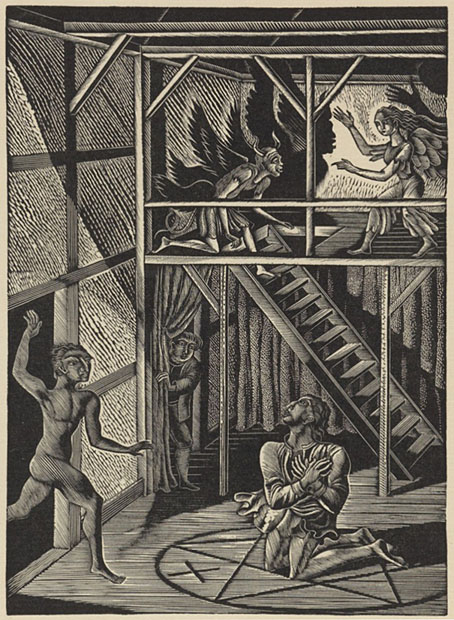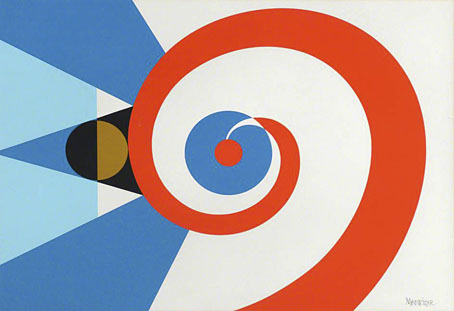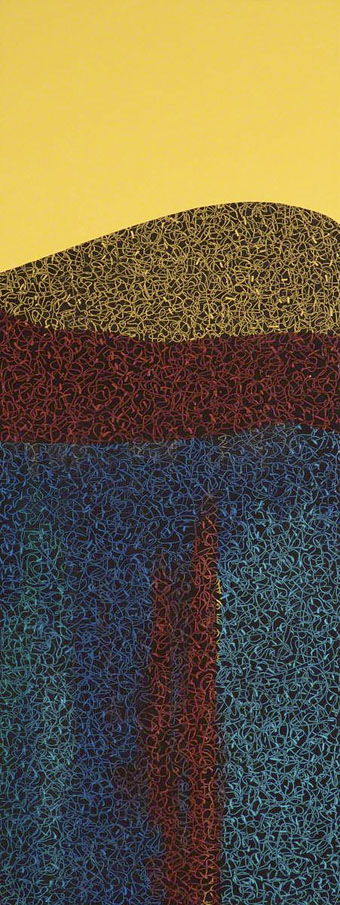The animation collection at the Internet Archive has been improving of late, with a wider variety of uploads being added to the already copious quantities of American cartoons and Japanese anime. Last week I drew attention to Jan Lenica’s Adam 2. This week it’s the turn of Phaeton: The Son of the Sun (1972), a short Russian film written and directed by Vasiliy Livanov which is a curious combination of ancient myth and science fiction. Phaeton in Greek mythology was the son of Helios the sun god, a minor deity whose demise is related in the first part of Livanov’s film. The son takes his father’s fiery chariot for a ride across the sky after being warned about the damage the chariot’s flames may cause if it strays to close to the world below or too far from it. Phaeton’s poor horsemanship provokes a spate of natural disasters until Zeus ends the ride with a fatal thunderbolt.
This tale of cosmological destruction informs the “Phaeton hypothesis”, a 17th-century theory which sought to explain the existence of the Solar System’s asteroid belt as the remains of a destroyed planet, a body which a German linguist, Johann Gottlieb Radlof, named after the doomed god. The second part of Livanov’s film concerns a group of cosmonauts being launched into the asteroids in order to investigate the theory. The film is too short to properly explore the subject but the discussion detours briefly into ancient astronaut territory; Livanov had evidently been reading one or more of Erich von Däniken’s specious books which were topping the bestseller lists in 1972. One of the “astronaut” figures seen during the explication is the same Japanese figurine that von Däniken reproduces in Chariots of the Gods?, a book whose title echoes the theme of Livanov’s film. Short as it is, Phaeton: The Son of the Sun is nicely styled, and features the voice of Nikolay Burlyaev, an actor familiar to Tarkovsky aficionados as the boy in Ivan’s Childhood.
(Note: The Internet Archive has English subtitles for this one as a separate text file. You can get these to work by saving them in a folder along with the film file then changing the subtitle extension from txt to srt. Video applications such as VLC autoload subtitles if they’re stored in the film folder with the correct extension and a name that matches that of the film file.)
Previously on { feuilleton }
• Crank book covers
• The Heat of a Thousand Suns by Pierre Kast






